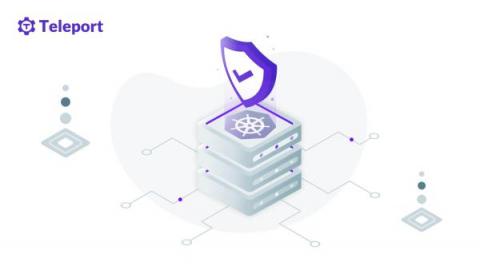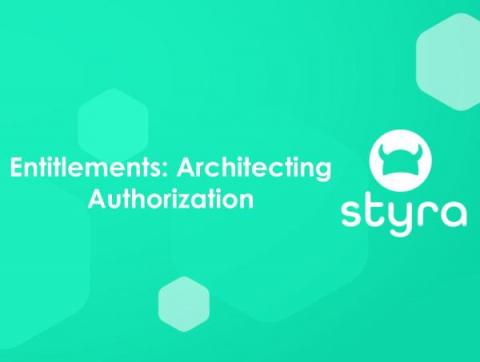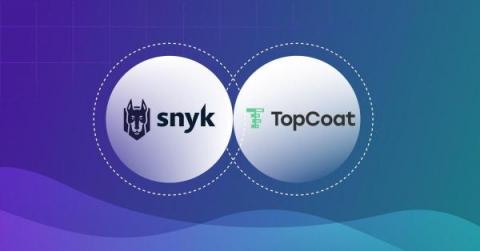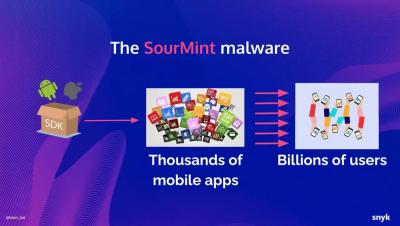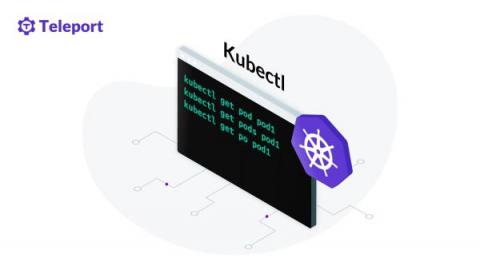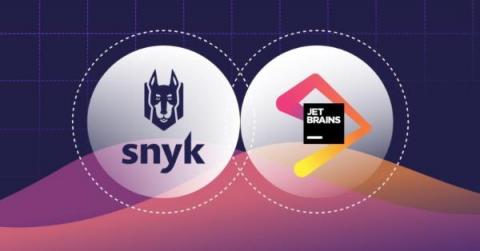How to Hack Kubernetes (and How to Protect It)
Kubernetes is a valuable resource and a leading container management system in development pipelines across the world, but it’s not exempt from malicious attacks. Using Kubernetes requires a deep understanding of Kubernetes’ environment—including the different vulnerabilities you can be exposed to while creating, deploying, or running applications in your clusters.


